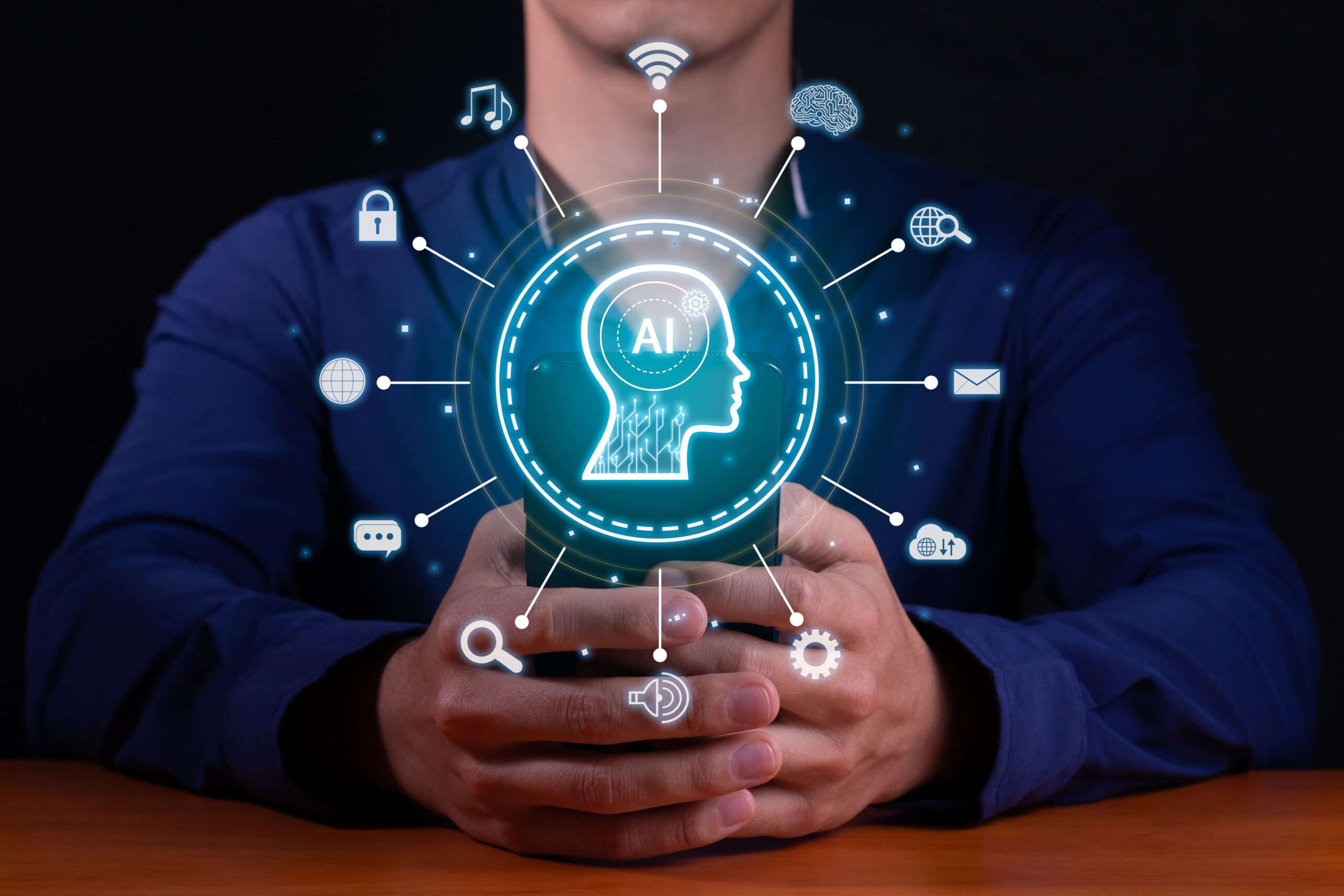

Natural language processing (NLP) is a subfield of linguistics, computer science, and artificial intelligence concerned with the interactions between computers and human language, in particular how to program computers to process and analyze large amounts of natural language data. The goal is a computer capable of “understanding” the contents of documents, including the contextual nuances of the language within them. The technology can then accurately extract information and insights contained in the documents as well as categorize and organize the documents themselves.
Up to the 1980s, most NLP systems were based on complex sets of hand-written rules. Starting in the late 1980s, however, there was a revolution in natural language processing with the introduction of machine learning algorithms for language processing. This was due to both the steady increase in computational power and the gradual lessening of the dominance of Chomskyan theories of linguistics (e.g. transformational grammar), whose theoretical underpinnings discouraged the sort of corpus linguistics that underlies the machine-learning approach to language processing.
In the 2010s, representation learning and deep neural network-style machine learning methods became widespread in natural language processing. That popularity was due partly to a flurry of results showing that such techniques can achieve state-of-the-art results in many natural language tasks, e.g., in language modeling and parsing. This is increasingly important in medicine and healthcare, where NLP helps analyze notes and text in electronic health records that would otherwise be inaccessible for study when seeking to improve care.
Since the so-called “statistical revolution” in the late 1980s and mid-1990s, much natural language processing research has relied heavily on machine learning. The machine-learning paradigm calls instead for using statistical inference to automatically learn such rules through the analysis of large corpora (the plural form of corpus, is a set of documents, possibly with human or computer annotations) of typical real-world examples.
Text and Speech Processing
Get in touch with AI Consulting Group via email, on the phone, or in person.
Send us an email with the details of your enquiry including any attachments and we’ll contact you within 24 hours.

Call us if you have an immediate requirement and you’d like to chat to someone about your project needs or strategy.

We would be delighted to meet for a coffee, beer or a meal and discuss your requirements with you and your team.
